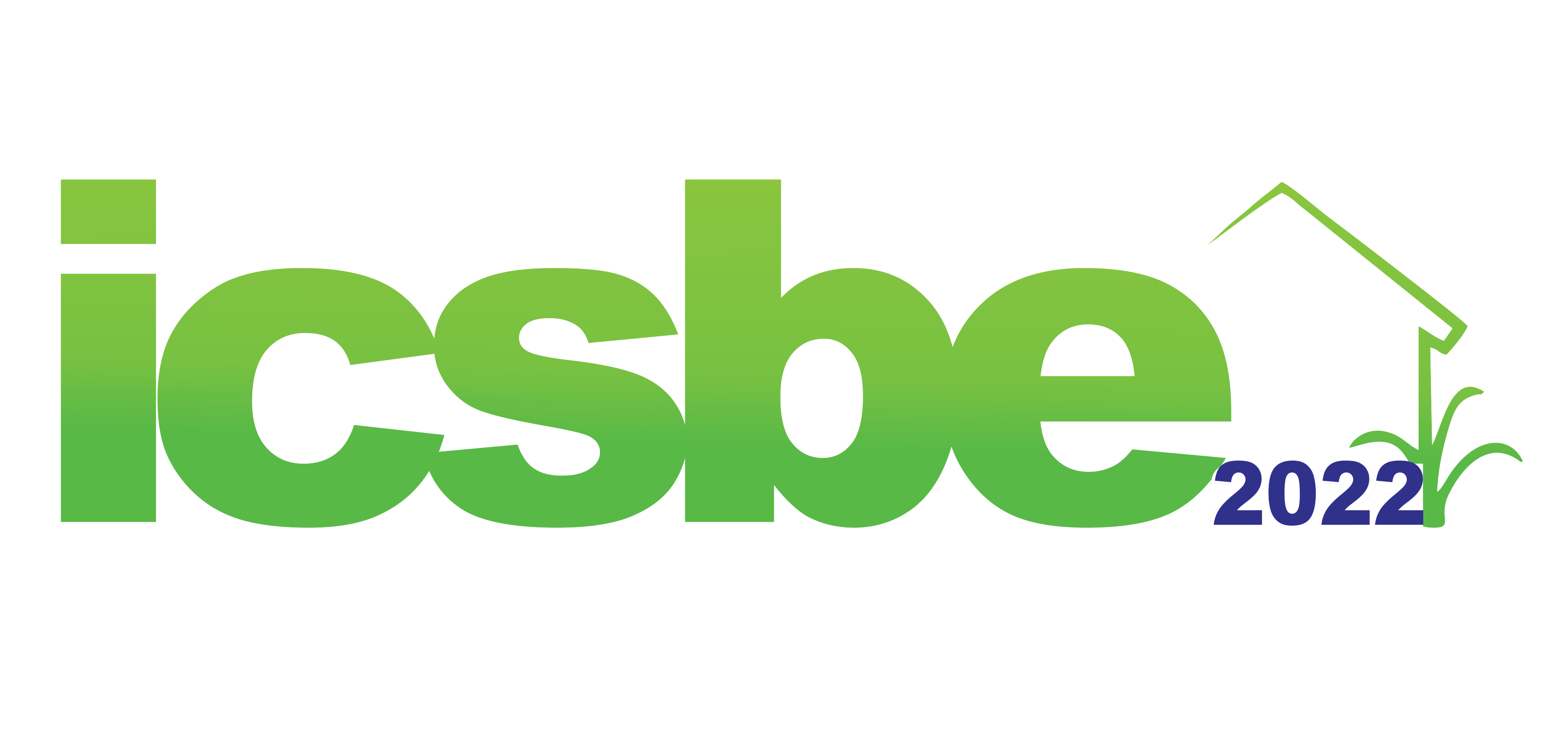BRACKISH WATER MAPPING BASED ON WATER QUALITY DATA AND GEOELECTRICAL SURVEY : CASE STUDY IN THE SHALLOW GROUNDWATER OF TEGAL CITY
T R Puspita[1],2*, D P E Putra1, A H Rafsanjani1, and R Farjrina 1
1 Department of Geological Engineering, Faculty of Engineering, Universitas Gadjah Mada
2 Ministry of Public Work and Housing
[1]* Corresponding author’s email: [email protected]
DOI: https://doi.org/10.20885/icsbe.vol2.art9
ABSTRACT
Salty water in the aquifer influences changes in groundwater quality may cause by pumping activities and/or natural phenomena. This paper reported the result of salty water mapping in the shallow groundwater of Tegal city. The EC values of groundwater in the study area ranges between 510 µS/cm to 7610 µS/cm, and TDS values are between 300 mg/L to 2450 mg/L. The geoelectrical measurement on study area reveals a very low resistivity layer of 0.307 Ùm at a depth of 2.87 to 12 meters, indicating brackish water. Based on the EC and TDS also geoelectrical survey, a map of salty water is produced and shows that in shallow groundwater of Tegal City, brackish water appears in the middle part of City and northeast part near the coastal area.
Keywords : Water mapping; Water Quality Data; Geoelectrical
REFERENCES
J. E. Neumann et al., (2008), “Joint effects of storm surge and sea-level rise on US Coasts: new economic estimates of impacts, adaptation, and benefits of mitigation policy,” Clim. Change, vol. 129, no. 1–2, pp. 337–349, 2015, doi: 10.1007/s10584-014-1304-z.
W. Wilopo, D. P. E. Putra, and D. A. Wibowo, (2018), “Groundwater flow modeling in the Wates coastal aquifer, Kulon Progo District, Yogyakarta Special Province, Indonesia,” Int. J. GEOMATE, vol. 14, no. 41, pp. 119–125, 2018, doi: 10.21660/2018.41.87886.
A. A. Akinlalu and D. O. Afolabi, (2018) “Borehole depth determination to freshwater and well design using geophysical logs in coastal regions of Lagos, southwestern Nigeria,” Appl. Water Sci., vol. 8, no. 6, pp. 1–17, 2018, doi: 10.1007/s13201-018-0798-3.
Konya J. Calvin dan Edwaed J. Walter., (1990), Surface Blast Dessign, Prentce Hall, Inc New Jersey
P. Prusty and S. H. Farooq, (2020), “Seawater intrusion in the coastal aquifers of India – A review,” HydroResearch, vol. 3, pp. 61–74, 2020, doi: 10.1016/j.hydres.2020.06.001.
M. I. Sahana and R. S. B. Waspodo, (2020), “Mapping of Seawater Intrusion into Coastal Aquifer: A Case Study of Pekalongan Coastal Area in Central Java,” J. Civ. Eng. Forum, vol. 6, no. 1, p. 183, 2020, doi: 10.22146/jcef.53736.
S. Jasechko, D. Perrone, H. Seybold, Y. Fan, and J. W. Kirchner, (2020), “Groundwater level observations in 250,000 coastal US wells reveal scope of potential seawater intrusion,” Nat. Commun., vol. 11, no. 1, pp. 1–9, 2020, doi: 10.1038/s41467-020-17038-2.
T. dkk Santoso, (2013), “Pendugaan Intrusi Air Laut Dengan Metode Geolistrik Resistivitas 1D di Pantai Payangan Desa Sumberejo Jember,” Berk. Sainstek, vol. 1, no. 1, pp. 17–19, 2013
L. Todd, David; Mays, (2001), “Groundwater Hydrology.” pp. 280–281, 2001. [Online]. Available: http://water.usgs.gov/pubs/circ/circ1186/html/gw_effect.html
M. Gusman, A. Octova, Y. M. Anaperta, B. Muchtar, N. Syah, and D. Hermon, (2020) “Groundwater Table and Salinity Zone Mapping In the Coastal Areas of Padang,” vol. 7, no. 6, pp. 21–27.
D. Setiono, H. Pudjihardjo, and W. Hidajat, (2014), “Penyelidikan zona akuifer menggunakan geolistrik metode Schlumberger di sekitar pantai utara Kecamatan Kramat, Suradadi, dan Warureja Kabupaten Tegal, Jawa Tengah,” Geol. Eng., vol. 6, no. 2, pp. 1–15.
L. P. G. W.M. Telford and R. E. Sheriff, (1991) Applied geophysics (second edition).





Leave a Reply
Want to join the discussion?Feel free to contribute!